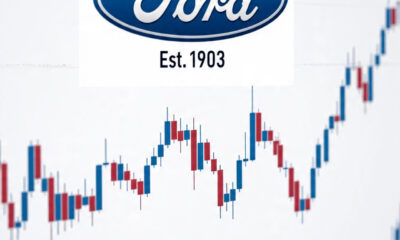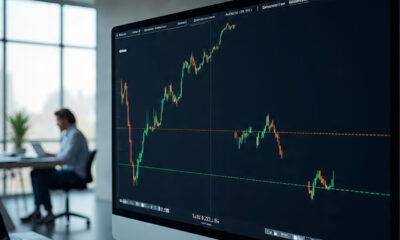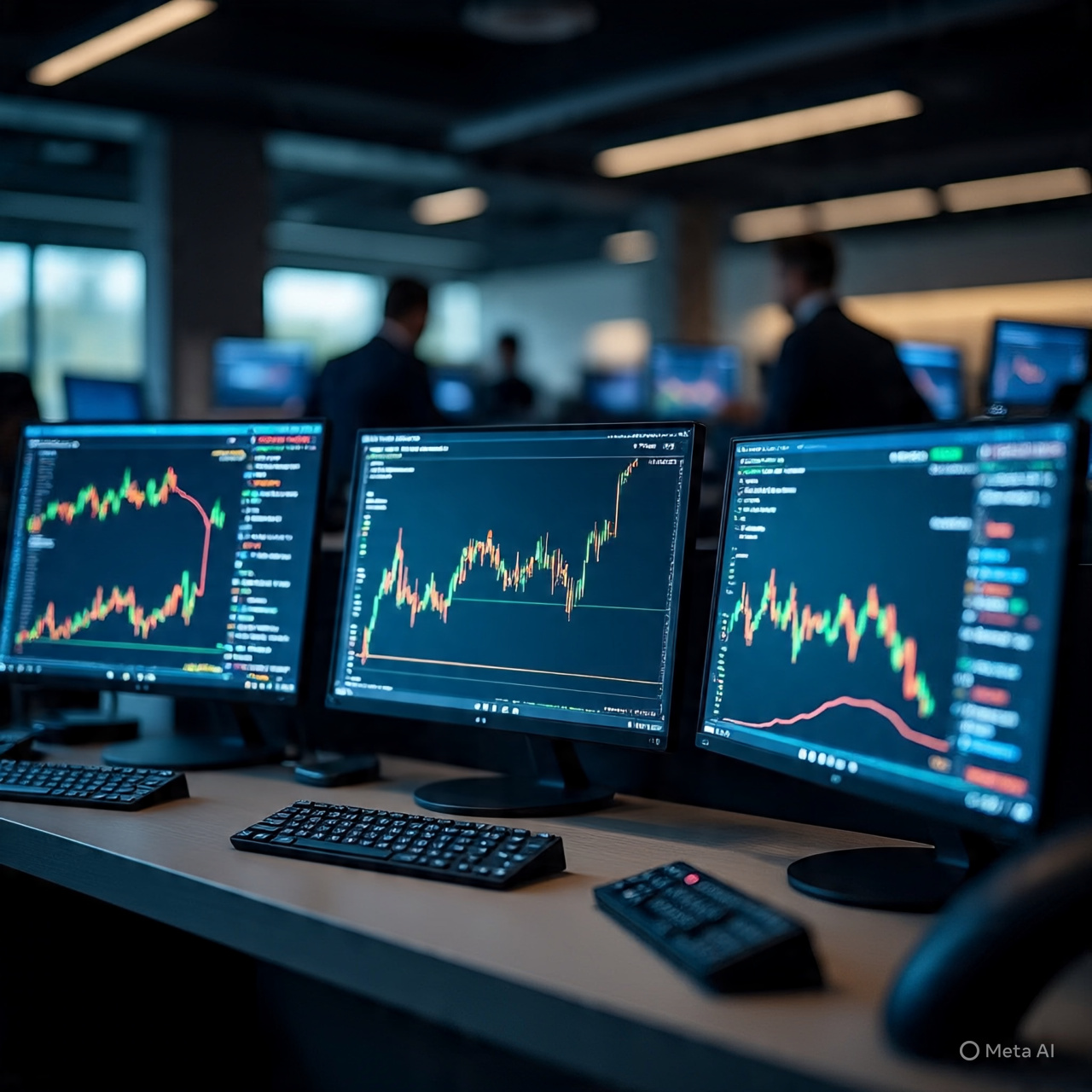Why the ASX Can't Break Higher
Several factors explain the ASX’s sluggish performance relative to global peers. Understanding these headwinds helps investors decide whether to maintain Australian exposure or rotate capital elsewhere.
Wall Street’s weak overnight session didn’t help. The Dow fell 0.2% as investors awaited FOMC meeting minutes, creating a cautious tone that carried over to Asian trading. When the U.S. leads lower, the ASX typically follows.
Beyond near-term market dynamics, structural issues weigh on Australian stocks. The index lacks exposure to high-growth technology companies that have driven U.S. market gains. Australia’s economy remains heavily tied to commodities and financials, both facing headwinds.
China’s economic situation creates additional uncertainty. While Beijing’s stimulus measures generated initial optimism, actual economic improvement has been modest. Australia’s China exposure becomes a liability when Chinese growth disappoints.
Banks Under Pressure
Financial stocks represent roughly 20% of the ASX 200, making their performance crucial to overall index direction. Unfortunately, banks face multiple challenges that limit upside potential.
Interest rate expectations have shifted. Markets now anticipate Reserve Bank of Australia rate cuts, which would compress net interest margins and pressure bank profitability. While rate cuts might support the broader economy, they typically hurt bank earnings.
Housing market concerns persist. Property prices have been volatile, creating uncertainty about mortgage book quality. If housing weakens significantly, banks could face increased loan defaults and reduced lending activity.
Regulatory scrutiny hasn’t disappeared. Banks continue dealing with compliance costs and reputation damage from past misconduct. These issues don’t create immediate financial pain but limit how aggressively banks can operate.
Energy Remains Weak
Energy stocks continue struggling as oil prices remain depressed. With WTI crude around $61-62 per barrel and showing no signs of sustained recovery, Australian energy producers face margin pressure.
Santos, Woodside Energy, and Beach Energy all trade well below year-earlier levels despite modest recent rallies. Without higher commodity prices, these stocks lack positive catalysts to drive meaningful gains.
The transition to renewable energy creates long-term uncertainty about oil demand. Even if near-term prices recover, structural questions about the industry’s future weigh on valuations.
Mining Shows Relative Strength
Materials and mining stocks have provided relative support for the ASX, benefiting from resilient commodity prices and China’s stimulus efforts.
Iron ore prices have held up better than expected given concerns about Chinese property sector weakness. Major miners like BHP and Rio Tinto contribute positively to index performance.
Gold’s surge to record highs above $3,800 per ounce benefits Australian gold producers. Companies like Newmont and Evolution Mining have posted strong gains, providing bright spots in an otherwise challenging market.
However, mining’s strength isn’t enough to offset weakness elsewhere. The sector can stabilize the index but can’t single-handedly drive it significantly higher.
What Could Change the Outlook
Several potential catalysts could improve ASX performance:
RBA Rate Cuts: If the central bank cuts rates while the economy remains healthy, it could support stock valuations without signaling serious growth concerns.
China Surprise: Stronger-than-expected Chinese economic data would benefit Australian exporters and boost sentiment toward ASX stocks.
Commodity Rally: Higher prices for iron ore, coal, and energy would directly benefit major index components.
U.S. Dollar Weakness: A weaker USD typically helps commodity-oriented markets like Australia by making resources more attractive to international buyers.
Technical Levels to Watch
The ASX 200 trades near important technical levels that could determine near-term direction. Support sits around 8,900-8,920, representing prior consolidation zones.
If support breaks, the index could quickly test 8,850 or lower. Conversely, breaking cleanly above 9,000 would signal renewed strength and potentially trigger momentum buying.
Volume has been relatively light, suggesting institutional investors remain cautious about adding significant Australian exposure. When big money sits on the sidelines, rallies struggle to gain traction.
Investment Implications
For investors deciding on ASX exposure, the current environment requires careful consideration. Australian stocks offer diversification benefits and attractive dividend yields, but growth prospects appear limited.
International investors might find better opportunities in U.S. or Asian markets where growth drivers look clearer. Australian investors face tougher choices – home bias argues for maintaining ASX exposure, but performance has been disappointing.
The dividend story remains compelling. Many ASX stocks yield 4% or more, providing income that partially compensates for limited capital appreciation. For retirees and income-focused investors, this matters more than price gains.
The Bottom Line
The ASX 200’s 0.12% decline to 8,946 points reflects ongoing challenges facing Australian stocks. Structural headwinds from sector composition, China exposure, and lack of high-growth companies limit upside potential.
While the 9.26% year-over-year gain is respectable in absolute terms, it’s underwhelming compared to global alternatives. Investors need to decide whether diversification benefits and dividend income justify accepting lower returns.
The next few weeks will be crucial. If the ASX can break above 9,000 and hold, it might signal improved momentum. If it fails and tests lower levels, the case for overweighting Australian stocks weakens further.


 Dividend Stocks2 months ago
Dividend Stocks2 months ago
 Trending news2 months ago
Trending news2 months ago
 ASX Stocks2 months ago
ASX Stocks2 months ago
 ASX Stocks2 months ago
ASX Stocks2 months ago
 Trending news2 months ago
Trending news2 months ago
 ASX Stocks2 months ago
ASX Stocks2 months ago
 Dividend Stocks2 months ago
Dividend Stocks2 months ago
 Trending news2 months ago
Trending news2 months ago




